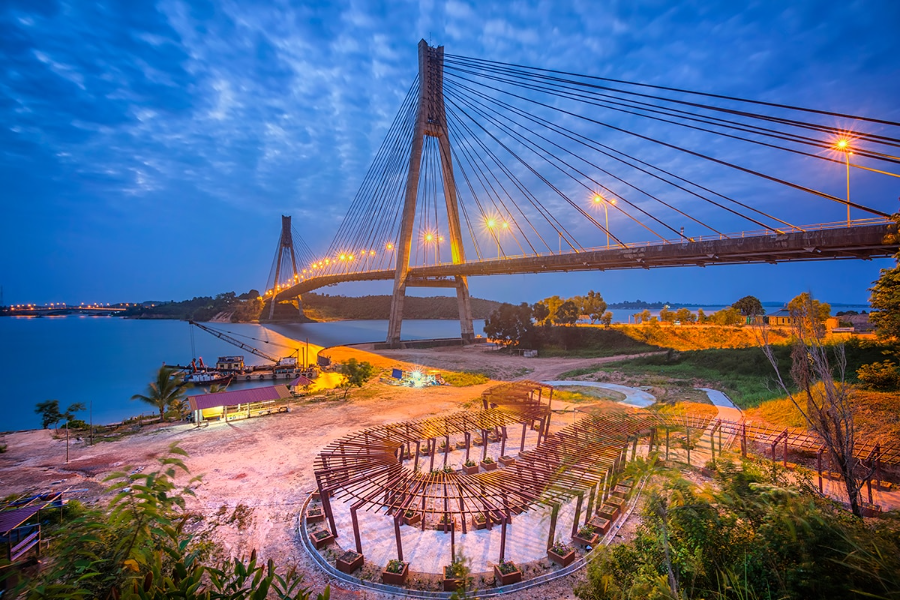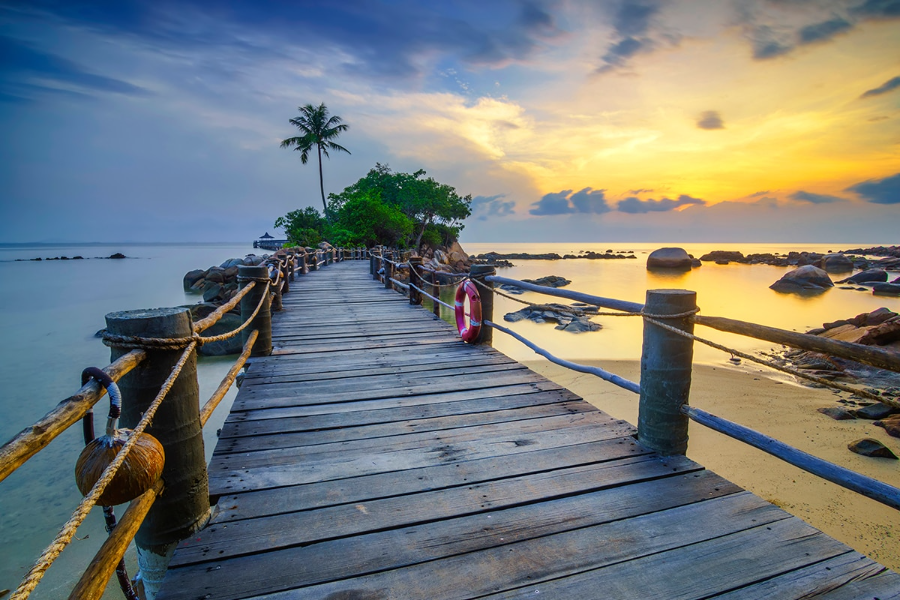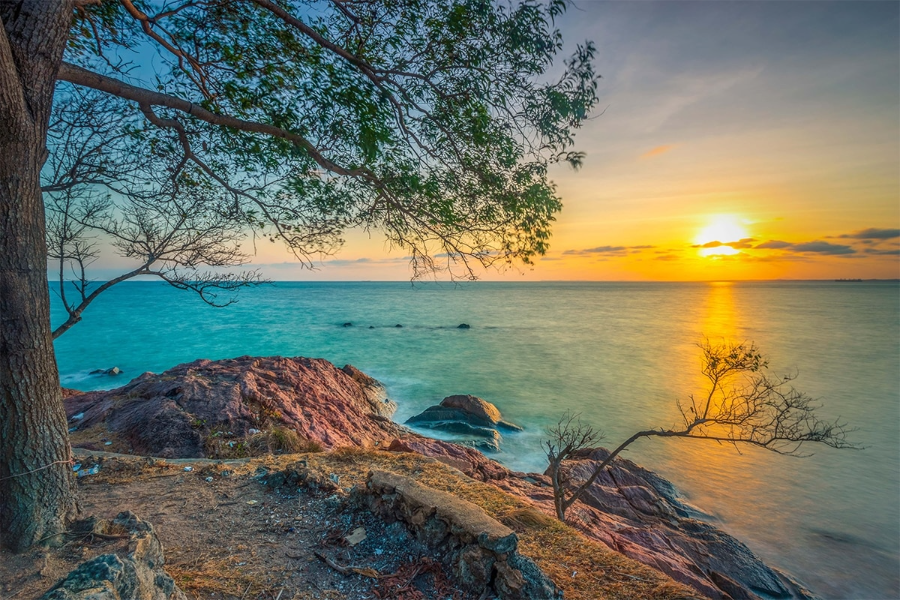
1、City Overview
Batam City, along with its subordinate islands, has a total area of 2,950 square kilometers and is known as the "Little Bali". It is the second largest tourist destination in Indonesia, receiving 1.2 million visitors annually. Batam is only 25 kilometers away from Singapore and Johor, Malaysia, with outstanding geographical advantages and a solid foundation in the economy and tourism industry.
In the 1970s, Batam became Indonesia's earliest economic zone, but its development was not ideal due to various factors. Although Indonesia has established multiple economic zones since then, considering its excellent geographical location, mature infrastructure, and convenient export advantages, Batam remains one of Indonesia's priority economic zones for development, playing a demonstrative and leading role in other domestic economic zones. In addition, due to its geographical and transportation advantages, Batam has become an excellent location for idle capital investment, national residence, tourism and leisure, and supply of living materials in Singapore. Hundreds of foreign companies from countries such as Singapore, Malaysia, and China have invested in Batam.

In October 2012, the Batam crude oil and oil storage project of China Petroleum and Chemical Corporation officially started construction, with plans to build approximately 2.6 million cubic meters of crude oil and oil storage facilities, supporting docks, etc. The product market can radiate to Southeast Asia, Northeast Asia, and the Middle East.
2、Port Introduction
Batam is the main organizational part of the eponymous city of Batam, with a cargo terminal and six passenger ferry terminals on the island. It has a daily container throughput of nearly 2,700 and over 100 sailings between Singapore and Malaysia every day.
The Indonesian government has built three international ports on Batam Island. These ports have well-equipped docks and storage facilities, and they are quite advanced. At present, the throughput of these ports on Batam Island has reached 80,000 deadweight tons, and after expansion, it can reach 200,000 deadweight tons. 
3、Investment Policy
(1) The island is a duty-free zone, and all goods are imported and exported duty-free
(2) Export processing industry is exempt from value-added tax and luxury goods tax (if the finished products on the island are sold to other regions of Indonesia, a 10% value-added tax must be paid)
(3) have completed Generalized System of Preferences (GSP) arrangements with 28 countries and enjoy preferential tax rates in ASEAN
(4) have reached agreements with 51 countries to avoid double taxation, 5 have reduced or waived income tax in certain industries; Can accelerate the depreciation rate of fixed assets
4、RCEP Zero Tariffs
According to the Ministry of Commerce, the Regional Comprehensive Economic Partnership (RCEP) has come into effect for Indonesia on January 2, 2023. So far, out of the 15 members of RCEP, 14 have already come into effect. After RCEP comes into effect for Indonesia, in accordance with the commitments of the RCEP agreement, China and Indonesia will mutually implement RCEP tariff rates.
5、Infrastructure
Batam Island has over a thousand kilometers of roads, and in order to meet the rapidly growing traffic demand, the road surface is still being widened and repaired, so there will be no traffic congestion even during peak hours.
The telecommunications facilities and services on Batam Island adopt the highest existing standards and the latest technology, with only 75% of the communication capacity used.
The power supply of Batam Island is managed by the Indonesian state-owned company PLN (Indonesian National Power Company), and private power plants can also supply some electricity.
There are six reservoirs on the island with sufficient fresh water supply, which can meet the needs of 800000 people's lives and the island's industry. The water quality meets the standards of the World Health Organization.
6、Currency circulation
The Indonesian Rupiah is divided into banknotes with denominations of 1,000, 2,000, 5,000, 10,000, 20,000, 50,000, 1,000,000 and coins with denominations of 100, 200, 500, 1,000, generally marked as RP. Cash is the main currency, and in most cases, local currency is used. Not all stores can use US dollars, nor can all stores accept card payments.
7、Traffic conditions
Airplane: Batam has become an important international gateway for Indonesia in aviation. The airport routes connect major cities in Indonesia, including Jakarta, Pekanbaru, Bandung, Medan, and other satellite cities; Garuda Indonesia Airlines has daily flights to Batam Island, along with Sempati, Merpati, SMAC, Deraya, and Airdast. Five airlines in Batam have daily flights to Jakarta.
Ferry: The main entrance and exit to Batam is Seguban, and sightseeing can be done by taking a streamlined speedboat or luxury ferry from Singapore or Johor Bahru, Malaysia, with a journey of only 45 minutes. The ferry between the port in Seguban and Finger Pier in Singapore runs back and forth every half hour, with more trips during peak hours. For the convenience of tourists, each ferry terminal is equipped with service counters for hotels, taxis, and ferries.
8、Review of Interactions with Shenzhen
Shenzhen and Batam became friendly exchange cities on December 18, 2006.

